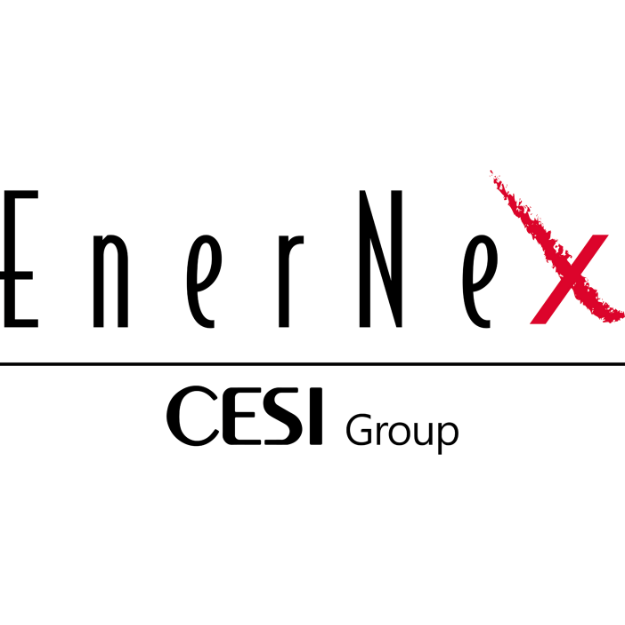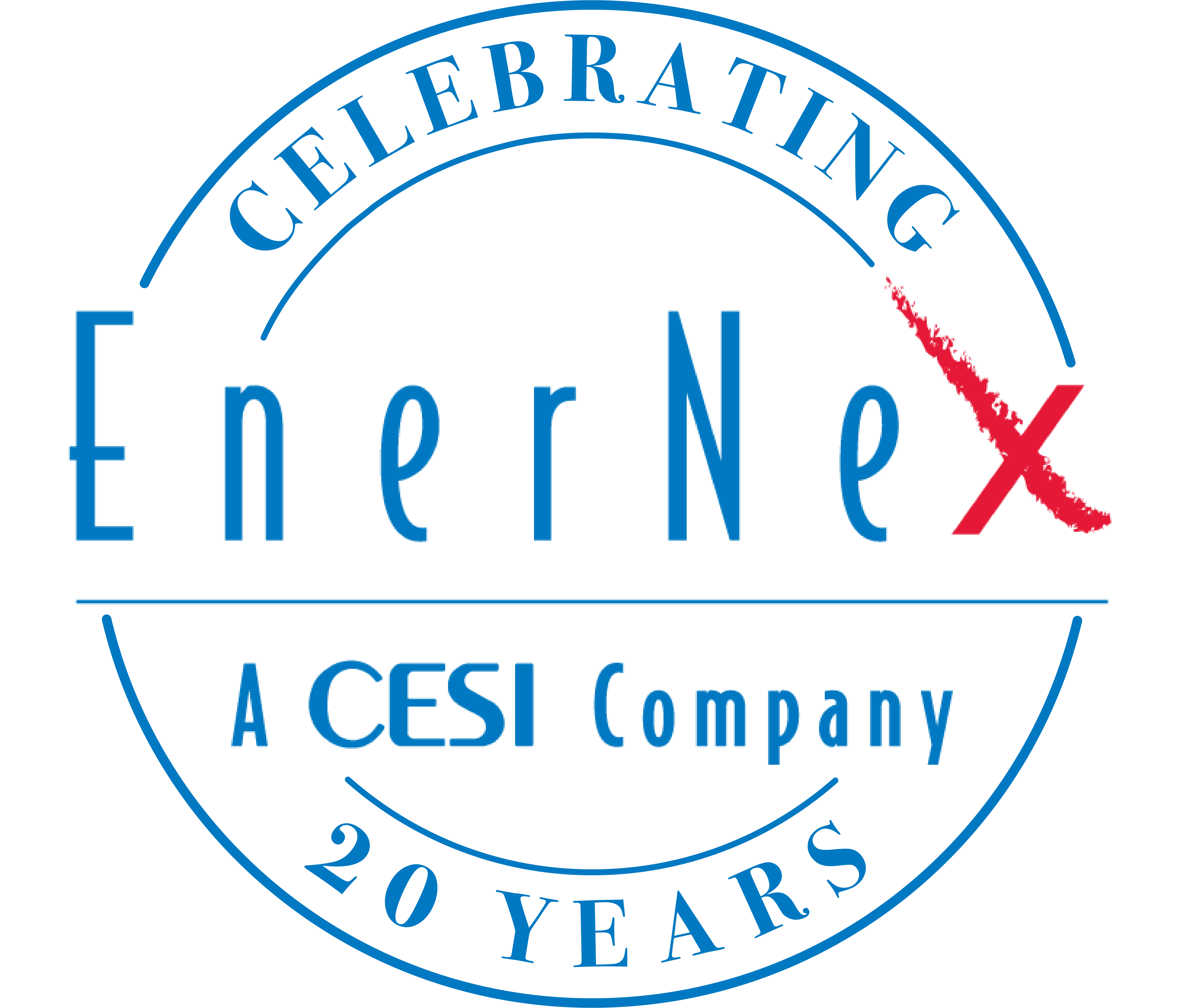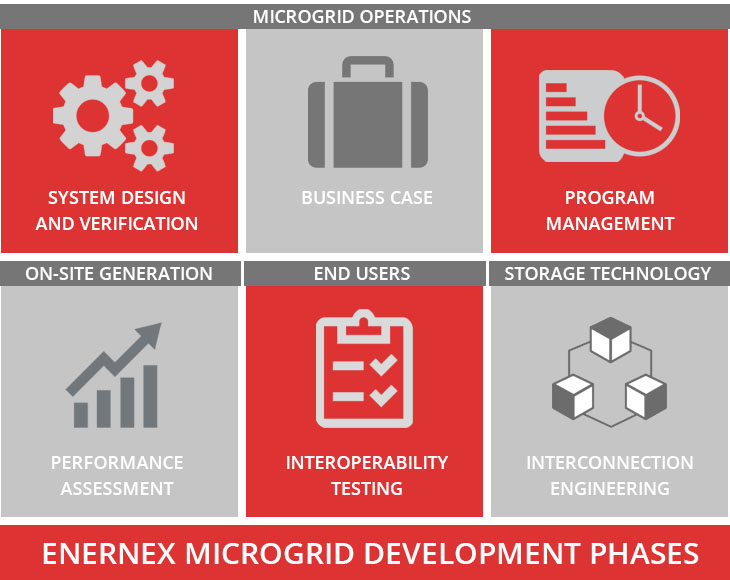SERVICES
We are committed to solving our customers’ toughest challenges.
We work with a diverse base of customers in the electric power industry in the U.S. and internationally. We strive for long-term relationships with our customers primarily in the utility and large energy consumers space, as well as government agencies, research organizations, industry solution providers, project development firms.



SERVICES
We are committed to solving our customers’ toughest challenges.
We work with a diverse base of customers in the electric power industry in the U.S. and internationally. We strive for long-term relationships with our customers primarily in the utility and large energy consumers space, as well as government agencies, research organizations, industry solution providers, project development firms.
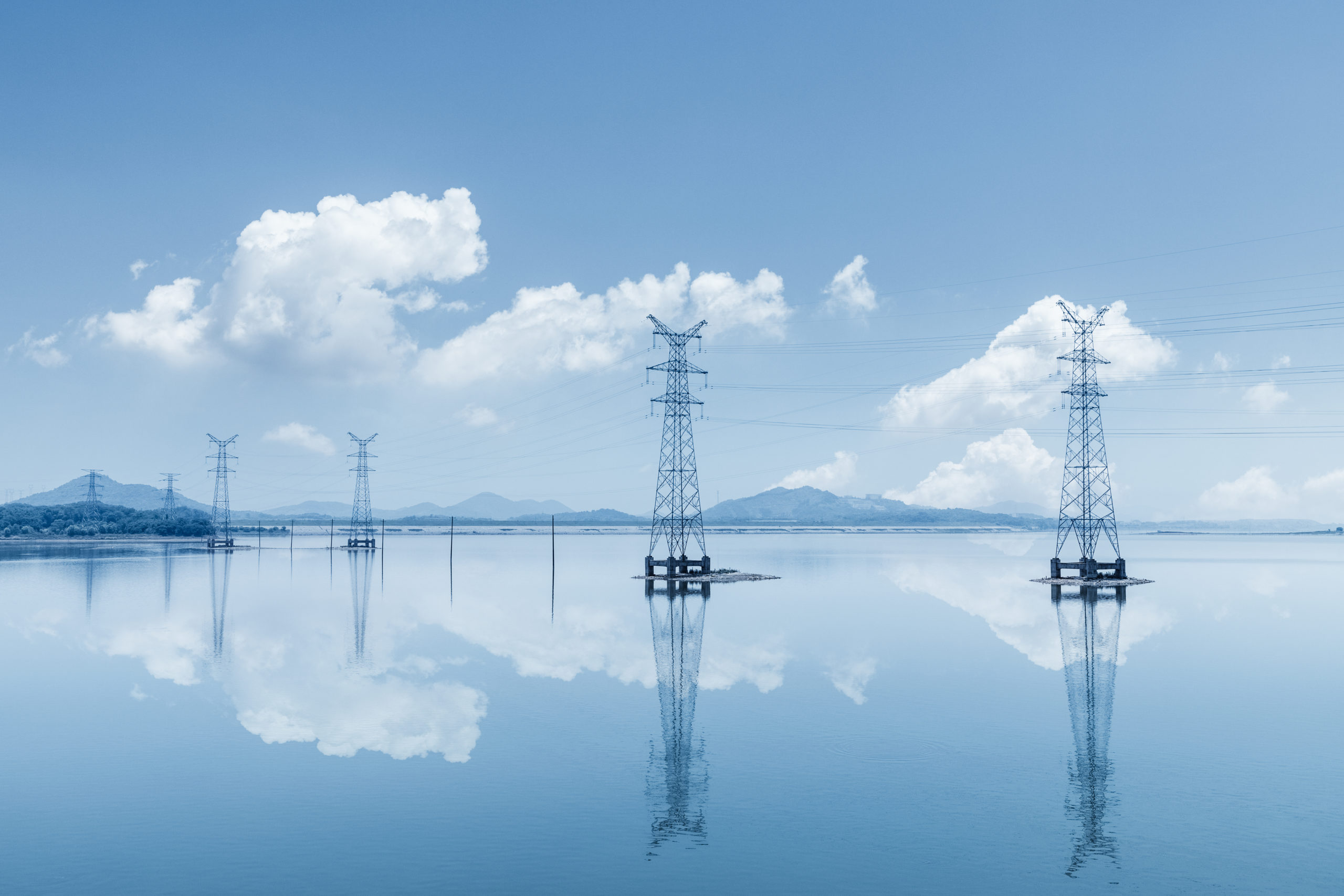
Electric Energy System Engineering & Analysis
- Electric Energy System Engineering & Analysis
- Transmission and Distribution Studies
- Bulk Power System Analysis
- Power Quality/Power Disturbance Troubleshooting
For more information, please contact David Mueller, Vice President of Energy Systems Studies.
Electric Energy System Engineering & Analysis
The evolution of the electric power industry, both in terms of technology and restructuring, has impacted the goals, scope, and methods of power system simulation, analytical, and planning activities. Relatively new technologies, such as wind generation and distributed energy resources, do not always fit well into the standard analytical frameworks employed for assuring reliable performance of the power system. Also, the introduction and maturation of competitive power markets has altered the traditional equation for power generation, transmission, and distribution. These developments present both a challenge and an opportunity for electric power utilities, system operators, and customers in ensuring power system reliability, security, and efficiency.
EnerNex is involved in the ongoing grid modernization efforts in California and other states and for various utilities. Our involvement is on the architectural level as well as on the analytical level, utilizing the latest advanced analytical tools for modeling and simulation. This combination of knowledge and skills sets us apart from other engineering consulting firms, and provides our clients with comprehensive cutting-edge guidance that is so critical to these fundamental changes in the power industry.
Transmission and Distribution Studies
Power system modeling assists our clients in understanding what did happen, what may happen, or how to solve a potential problem. EMTP-RV and other simulations allow for an understanding of transients, harmonics and power flow issues. Our power system modeling and simulation capability covers the range of technical phenomena and issues important for highly-reliable power system design and operations.
We develop models and generate results using a variety of programs utilized by our clients.
SOFTWARE TOOLS
ArcPro
ASPEN
DIgSilent
DranView
EMTP-RV
GridLab-D
Matlab
NexFlash
OpenDSS PQView
PSCAD
PSS®E
Simulink
TOP
Switching studies evaluate breaker transient recovery voltage, transformer energization, or ferroresonance concerns. Harmonic studies evaluate potential resonance and interconnection concerns with power systems.
Bulk Power System Analysis
Bulk Power System Analysis helps to evaluate the impacts of large-scale generation facilities on bulk transmission system operations, including steady-state and contingency analysis, impacts on interregional power transfer capability, network voltage stability, reactive power requirements and transient stability. One of our key areas of specialization includes the unique characteristics and impacts of wind plants and other intermittent generation resources.
Recent projects have included research into the utilization of synchrophasors and other advanced tools to prevent wide area blackouts. Evaluation and prediction of system phase angle differences can be used to predict instability and to initiation load shedding or controlled system separation. Synchrophasors can also be used to validate models and to understand the dynamic interactions of wind and solar plants on power systems.
Power Quality/Power Disturbance Troubleshooting
Renewable and Distributed Energy Integration and Interconnection
- Solar Converter and Wind Turbine Modeling
- Wind and Solar Integration Studies
- Renewable Plant Interconnection Studies
- Energy Storage Integration
For more information, please contact Jens Schoene, Director of Research Studies.

Renewable and Distributed Energy Integration and Interconnection
EnerNex projects related to wind generation modeling and interconnection are oriented around transmission and distribution systems, and focus on the electrical interactions between wind turbines and wind plants, and the electric power system. In close collaboration with turbine vendors we have developed detailed vendor-specific transient models for most of the wind turbine technologies deployed in North America.
We use the transient models developed in EMTP-RV and PSCAD as a basis for further development of dynamic models for simulation platforms such as PSLF and PSS/E.
Solar Converter and Wind Turbine Modeling
A solar converter converts the variable direct current (DC) output of a photovoltaic (PV) solar panel into a utility frequency alternating current (AC) that can be fed into a commercial electrical grid or used by a local, off-grid electrical network. It is a critical balance of system (BOS) component in a photovoltaic system, allowing the use of ordinary AC-powered equipment. Solar power inverters have special functions adapted for use with photovoltaic arrays, including maximum power point tracking and anti-islanding protection. Recent experience has shown that the harmonic behavior of modern power converters for renewable energy applications is complex and system dependent.
It has been observed in the field that interactions between grid resonances and inverter controls comprising of terminal voltage and output current feedback loops, along with filters and other control blocks, can result in harmonic distortion levels at any frequency, not only odd characteristic harmonics. EnerNex has performed harmonic studies for multiple solar PV plants, and also analogous studies with Type 4 (full scale power converters) turbine generators that have experienced power quality problems, issues with inter-harmonics due to control interactions between the turbine converter and the grid.
EnerNex projects related to wind generation modeling and interconnection are oriented around transmission and distribution systems, and focus on the electrical interactions between wind turbines and wind plants, and the electric power system.
We developed, in close collaboration with turbine vendors, detailed vendor specific transient models of most wind turbine technologies deployed in North America. We used the transient models developed in EMTP-RV and PSCAD as a basis for further development of dynamic models for simulation platforms, such as PSLF and PSS/E.
Wind and Solar Integration Studies
Wind and solar integration studies assess power quality, the effects of reverse power flows, and power conditioning and control to address harmonics and over current, voltage and frequency conditions.
EnerNex’s renewable energy projects include integration studies for wind and solar projects on transmission and distribution lines for multi-state regions, for electric utilities and for specific feeders. Our renewable projects assess the feasibility of using renewable energy in microgrids and net zero energy facilities including large data centers and Fortune 50 company campuses.
Renewable Plant Interconnection Studies

Grid Technology Consulting
- Use Case Development
- Cybersecurity
- IEC 61850
- Utility Procurement Assistance
- Vendors Due Diligence
- Pre-Certification Testing
- Communications Cyber Assurance
For more information, please contact Aaron Snyder, Director of Grid Technology Consulting.
Cybersecurity
EnerNex practices a standards-based approach to solving cybersecurity problems for utilities. We combine the talents of our industry experts from information technology, cybersecurity and power systems engineering to bring a greater level of understanding and solutions to the challenges encountered in the electric utility industry.
Expertise in cybersecurity, electrical engineering, and information technology are combined to present a balanced set of solutions that provides comprehensive insight into your organization’s security posture. These disciplines include CISSP certified engineers, professional engineers and PhD’s in Electric Power Engineering and Computer Science.
EnerNex is actively involved in the development of standards and protocols designed to enhance cybersecurity for the electric power industry; we work with utilities on security policy and architecture development, vulnerability analysis, risk assessments, security audit deployment and regulatory compliance.
IEC 61850
EnerNex provides recognized expertise in utility communication, particularly in industry standard and communication protocols. Our team was heavily involved in development of such standards and protocols as IEC 61850, IEC 60870‐5 and DNP3. In addition, we played a key role in the development of the EPRI Utility Communication Architecture (UCA) project and the IntelliGrid Architecture effort.
Utility Procurement Assistance
In this rapid pace of technology innovation, utilities are often faced with the challenge of effectively specifying, tendering, evaluating and procuring systems, service and other technologies for the grid evolution. EnerNex has developed a set of tools to facilitate the process for our clients. Often utility requirements may be created from a limited knowledge of system or element capabilities that are based on experience from a particular set of vendor offerings.
To gain a broader perspective of capabilities we can perform an unbiased vendor neutral set of requirements gathering, and translate these functional and non-functional requirements into technical specifications. Armed with a suite of specifications, we can help develop the tendering documents, (RFP, RFQ, etc.) that follow your corporate guidelines. Our support could also include developing vendor ranking scorecards, conducting activities around the process (answering questions, holding pre-bid conferences, etc.) and fully supporting the evaluation process. Once potential suppliers are down-selected, we can help with Vendor Due Diligence, performance verification (e.g. tests and demonstrations) as required. Finally, we can support your organization with foundation-based and substantiated evidence for unbiased recommendations. Since EnerNex has no financial arrangement, affiliations with suppliers of services to the industry, we can ensure fair and unbiased perspectives on suppliers.
Vendors Due Diligence
EnerNex has expertise in distinct areas of vendor due diligence. Technical due diligence assesses the ability of a given company to perform as defined. It includes an asset review, market coverage, optimization and product design and status. Market due diligence assesses the differentiation of products in the previous areas relative to current and potential new market offerings and also includes competition.
Software due diligence will evaluate the architecture of the software platform and includes architecture questions, policy-based control, end device integration architecture, cybersecurity, software methods and design integrity and scalability. Financial due diligence evaluates the underlying financials and includes both the finances, as well as customers and potential customers. Staff and management due diligence evaluates the staff and management and includes an evaluation of sales successes.
Pre-certification Testing
Securing the operational automation systems (including SCADA/EMS/DMS, Substation Automation, and Distribution Automation) requires security professionals with significant domain experience within the electric utility industry and especially with the real-time high availability systems which are critical to power system reliability.
EnerNex‘s extensive experience in the electric utility industry ensures an understanding of the unique aspects of these control systems, and the role they play in supporting the power system and how to effectively secure them without adversely impacting operations. Our participations and involvement in the various standards efforts (including IEEE and IEC) ensure standards based defense-in-depth approach and recommended practices are applied in all aspects of our services. We couple our monitoring, utility communications and power systems expertise to provide testing and R&D services in the areas of equipment testing for conformance with industry standards.
Communications Cyber Assurance
The North American Electric Reliability Council (NERC) Critical Infrastructure Protection Standards set a baseline for critical infrastructure cybersecurity. EnerNex provides electric utilities consulting services focused on risk reduction and compliance to these standards. Our focus is on the security controls and activities necessary to achieve and sustain security and compliance goals. We have a solid understanding of the unique aspects of the control systems utilized, the role they play in supporting the power system, and how to effectively secure them without adversely impacting operations.
Grid Modernization
- Smart Metering / AMI
- Demand Response
- Energy Assurance Planning – Resiliency Energy Systems
- Microgrid Development
- Enterprise Architecture
- Grid Modernization Roadmap
- Utility Communications
- Distribution System Management & Automation
- Distributed Energy Resource Evaluation
For more information, please contact Jeremy Laundergan, Vice President of Consulting Services.

Smart Metering (SM) and Advanced Metering Infrastructure (AMI)
Smart Metering and AMI is a transformational process addressing multiple business and technical needs of the utility enterprise. This is more than just smart meters and communications networks; it includes all of the back end applications that can leverage the meter assets, such as outage notification, demand response, call center optimization, disputed billing process handling, pre-payment opportunities, and service connection management methods and procedures, to name a few.
Implementing SM and AMI faces the same business, engineering, and operational challenges as any other across-the-utility information technology endeavors – most notably risk associated with embracing proprietary technology, missing functionality and early obsolescence. Effective SM and AMI development, implementation, and operation relies on a marriage of electric power engineering with information technology expertise: a key component of EnerNex’s expertise and experience.
EnerNex provides an array of engineering and consulting services geared towards intelligent and effective implementation of SM and AMI. This covers all phases of project development, starting with capturing system requirements where our experts leverage a “Use Case” centric view of activities needed to be accomplished and their interaction with systems and other users. Subsequent project steps typically examine other critical areas, such as: modeling of business cases, building inter-department consensus, assembling and assessing system functional requirements and non-functional requirements, developing a system design, hardware and software specifications and standards, complete procurement services including RFI and RFQ process support, supplier rating system, response evaluation methodology, deployment management, and training of office and field personnel.
Demand Response (DR)
Often the success and/or failure of demand response programs can be linked to program implementation challenges such as rate/tariff design rate structures communication (e.g. price signals) or ineffective incentives used by utilities to encourage customers to accept operational change. The issues of program design, rate structure and customer impact have a tremendous influence on the success or failure of load management initiatives. Demand response has traditionally been used as a tool of the energy industry to ensure system stability. However, the introduction of microelectronics, communications, home automation and the Internet of Things (IoT) has led to the development of cost effective solutions that have the capability to allow the consumer to take control of managing their energy load and ultimately, the price they pay for energy.
EnerNex has the experience and skills to turn your DR program into a successful operational asset and customer engagement process that can deliver value to all parties.
Energy Assurance Planning
Natural and man-made disasters cause an estimated $57B in average annual costs for all parties; large single events have resulted in losses of $100B or more. Events, such as the World Trade Center disaster, Hurricane Katrina, and Superstorm Sandy, have demonstrated an acute need to revisit, revise and implement an effective energy assurance plan. Energy assurance plans assess the functionality and interdependencies of buildings and infrastructure systems and the role they play in sustaining service and rapidly restoring critical services to a community following a hazard event.
EnerNex assists our clients in developing comprehensive energy assurance plans that mitigate and minimize the impact of energy disruptions. Our experts assess critical infrastructure risks and evaluate appropriate mitigation strategies and can help in developing an effective business continuity/disaster recovery (BC/DR) plan for utilities and your customers.
Microgrid Development
As the electric grid becomes more distributed and interactive, microgrids are playing an increasingly important role in our energy future. Decision makers at military bases, corporate and institutional campuses, residential communities and critical facilities across the world are exploring and implementing microgrids to meet economic, resiliency and environmental goals. Utility-grade microgrids are being deployed to meet transmission constraints, reliability requirements and safe-havens in the event of a significant storm event.
Bringing together a portfolio of distributed energy resources into a controllable, islandable microgrid comes with its own set of challenges. The key to solving these challenges is in architecting a system to support information exchanges between components across well-defined points of interoperability (interfaces) in a technology independent manner. This interoperability ensures that the system is resilient to technology change. Modern systems engineering techniques must be employed to ensure that individual sub‐systems are clearly identified, their functions enumerated, their data requirements known, and the points of interoperability clearly specified, along with the commensurate monitoring, command and control that is needed to ensure grid stability. With such architecture, we can apply best of breed technology available today to support those information exchanges at interface boundaries but be free to upgrade / change the implementation technology later without causing a ripple effect throughout the system.
Enterprise Architecture
Enterprise Architecture focuses on aligning an organization’s business strategies with its anticipated, desired and planned technology enhancements. Enterprise Architecture provides a framework to cost-effectively transition from a current “as-is” technology to future enterprise-wide technological solutions. An effective Enterprise Architecture program aligns business investments with long-term business strategies while minimizing risk and providing superior technological solutions. EnerNex’s key asset is its highly skilled and experienced staff who are closely connected to both the smart grid and EA standards and practices. We provide clients with the insight necessary to operate a fully functioning smart grid, which is flexible, scalable, and vendor independent.
Grid Modernization Roadmap
Utility companies across the globe are continually modernizing their grid. Each company often has different rationales, objectives and priorities. Frequently, smart grid plans are developed for individual, incremental initiatives, rather than as a part of a whole, intelligent and interoperable infrastructure. Planning may be developed around technology choices rather than business and technical requirements. The result of incremental and flawed planning leads to increased cost and risk, lost opportunities, disconnected expectations and dead ends.
EnerNex’s approach to grid modernization roadmap development follows a proven, industry-standard approach to grid modernization planning by collaboratively working with the utility to develop a set of prioritized and time-phased grid modernization initiatives unique to its business strategy and objectives. The roadmap developed is holistic, requirements-based, business value driven and actionable. It often builds on and leverages existing applications and infrastructure, and incorporates industry standards to ensure interoperability, flexibility and reduced cost and risk.
Utility Communications
Utility communication and control systems are increasingly interconnected to each other and to public networks and as a result, they are becoming increasingly more susceptible to disruptions and cyber attacks. EnerNex has experience with the various issues relating to development, implementation and optimization including feasibility analysis, design, software development and customization, project management and acceptance. Our expertise extends from being involved in the development of the fundamental standards that support utility communication and automation, through deployment and securing of those resources. EnerNex personnel were heavily involved in development of such standards and protocols as IEC 61850, IEC 60870-5 and DNp3. Our staff played a key role in the EPRI Utility Communication Architecture (UCA) project and the IntelliGrid Architecture effort.
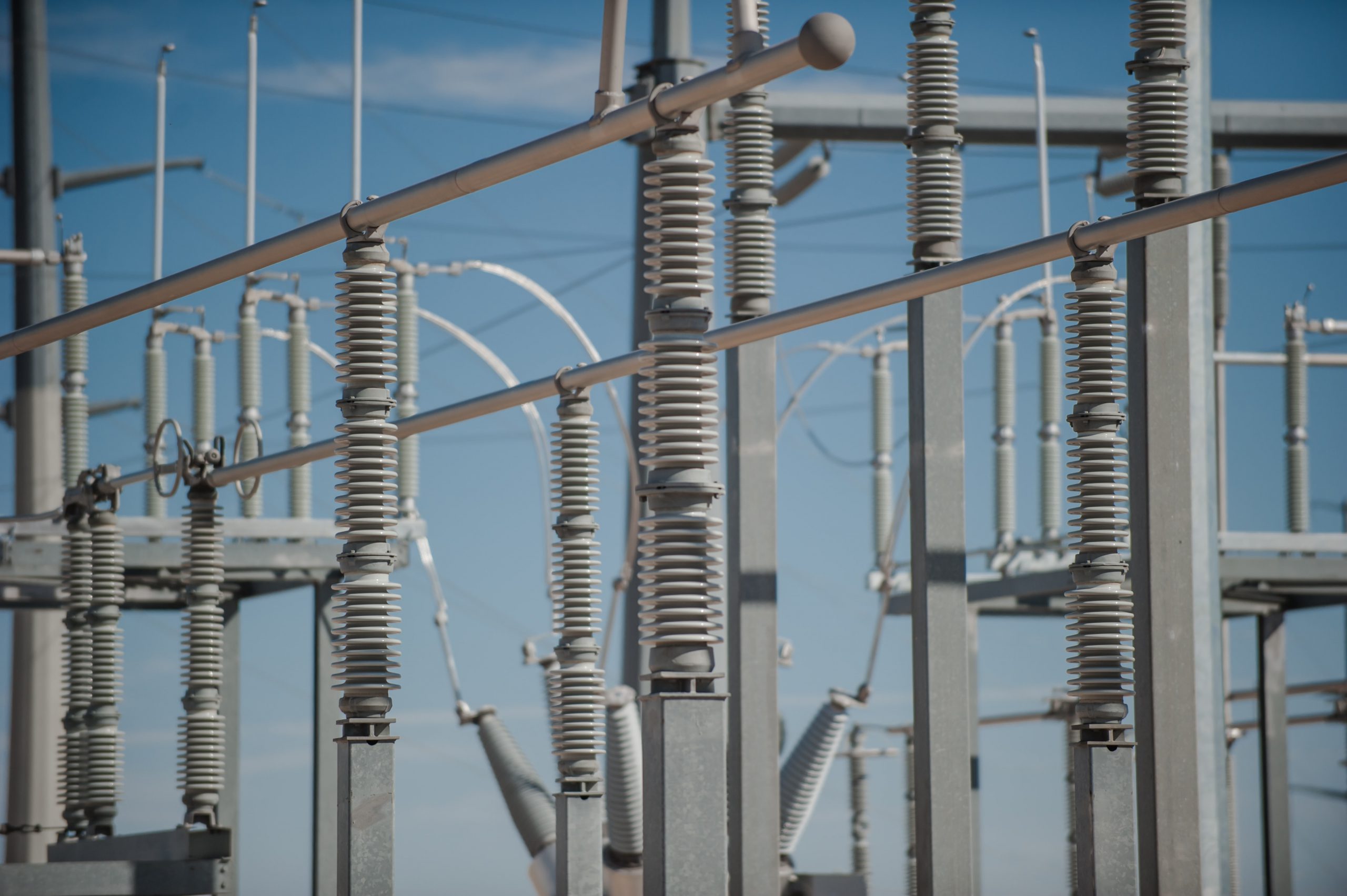
Electric Industry Evolution
- Strategic Consulting Services
- Utility Investment and Pilot Review
- Position Paper Development
- Business Case Development
- Regulatory Support
For more information, please contact Steve Rupp, Director of Consulting Services.
Strategic Consulting Services
Today many utilities are facing changes at a pace that is faster than they can effectively manage. Changes can be rooted in many areas, including aging workforce, declining revenue, greater customer engagement requirements, defecting customers (DER and microgrid) renewable portfolio standards, and so forth. Setting a course with a purposeful direction that enables the new and nimble utility and one that is prepared for the future is the goal of this service. EnerNex provides levels of strategic consulting services that can be tailored to the audience level of authority or interest. This includes “C-Suite” executive workshops to help craft the corporate direction to Director/Managerial level engagements to ensure buy-in and set delivery metrics. In addition to tailoring this to the audience, our team can prepare topic-centric detailed focus that can dive into or cut across various spans of interest. These closely follow the EPRI Intelligrid framework and includes areas such as Customer, Distribution, Control, Wholesale, Market and Infrastructure.
Our services include aligning a business strategy with possible technology enablers, developing the use cases for change, developing economic valuation for these options, engaging key stakeholders and gaining concurrence, and delivering a strategic plan that defines milestones and metrics for success.
Utility Investment and Pilot Review
EnerNex’s strategic consulting services includes guidance on business transformation options to include related business and technological challenges. This guidance moves the client through a series of steps that include an analysis or assessment stage; the formulation of the actual strategy; and the articulation and communication of the actions needed to move the organization toward its strategic vision.
Often these engagements are directed at a significant investment area such as IT or OT Systems. Our investment review examines direct and indirect costs associated with these assets and evaluates the anticipated improvements, to define, measure and validate economic justifications for these efforts. As an integrated part of this investment evaluation, EnerNex is frequently called upon to perform pilot evaluations.
Position Paper Development
EnerNex is frequently asked to develop a positioning statement on behalf of our clients. Since EnerNex has no product or service affiliations, we can provide an unbiased perspective on how a given initiative, product, service or process fills a particular need or satisfies a specific requirement. To develop a suitable position statement, EnerNex leverages our hands-on experience and expertise in the energy field to deliver a well-documented and substantiated opinion on the topic.
If required by the type of engagement, EnerNex can conduct independent testing and evaluation of key metrics of the offering against benchmarks or other standards and prepare a report that details the findings that further validate the position.
These engagements can be focused on vendor offerings or utility implementations to meet regulatory or other requirements.
Business Case Development
To meet investment or recovery hurdles, utilities are often asked to ensure proper financial assessments are conducted. This process examines all costs of an initiative (such as AMI) and the resulting benefits that would accrue from these investments. The successful development of a cost benefit assessment (CBA) requires financial acumen; engineering/design support to fully detail costs, and business analysis to quantify hard benefits (such as labor savings) and soft or societal benefits (such as carbon reduction).
The development of a CBA model can be customized to meet the client requirements. Sensitivity scenarios can be run using a Monte Carlo methodology to determine impact of key metrics. Resulting outputs can define investment and implementation strategies (e.g. accelerating deployment to advance large benefits sooner) to help improve the ROI.
